#spider biology
Explore tagged Tumblr posts
Text

Patreon
#studyblr#notes#my notes#entomology#entomology notes#spiders#spider biology#biology#bio#life science#arachnids#arachnid biology#arthropods#arthropod biology#spider anatomy#anatomy#arachnid anatomy#arachnid behavior#spider behavior#spider species#arachnid species#note cards#flashcards#flash cards
12 notes
·
View notes
Text
hey does anyone wanna try identifying a spider I found in my shower?
1 note
·
View note
Text
"spiders and rollie pollies aren't bugs because-" actually they are bugs because they are little
2K notes
·
View notes
Text
today on the list of things that are gonna keep me up at night (courtesy of depthsofwikipedia ig)
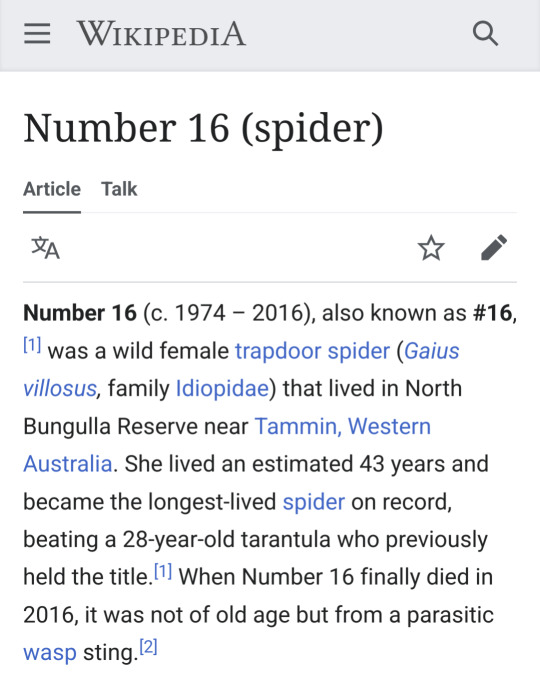
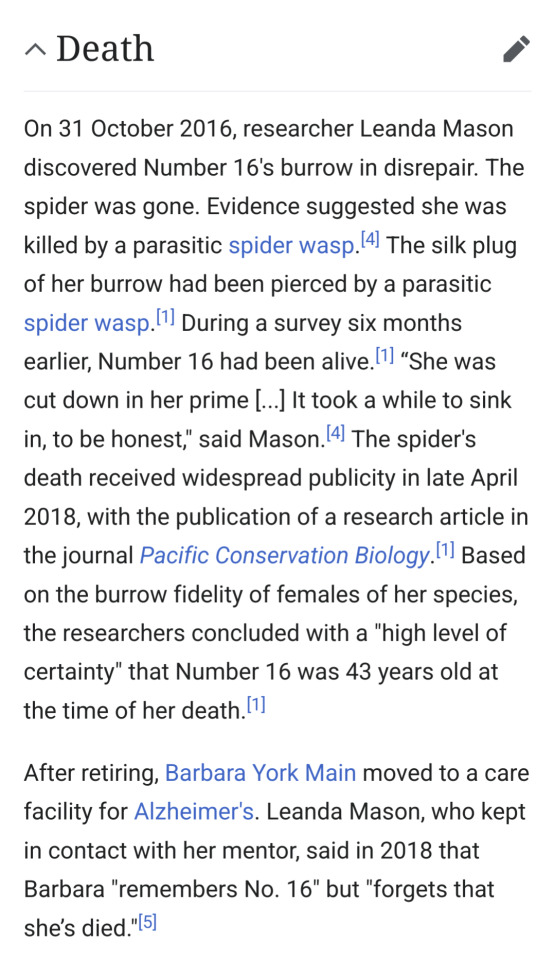
I don't think this is actually her but this is a photo of a specimen from the same species that comes up when you search for her.
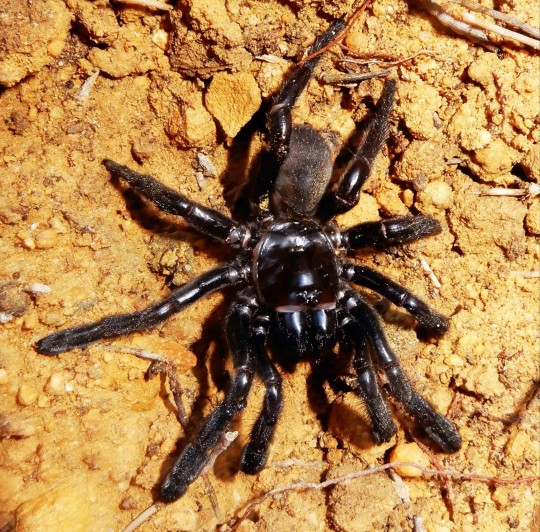
A reminder that humans can and do form years - DECADES - long relationships with creatures much smaller and much different than us.
Rest easy, Number 16. You were taken from us too soon.
#bugs#bugblr#found elsewhere and uploaded by me#spider#trapdoor spider#16#Number 16#gaius villosus#science#biology#humanity
7K notes
·
View notes
Text
Close encounters!
My beautiful koi betta Bisby has had a jumping spider neighbor taking advantage of her tank light to hunt bugs under for some time, and recently they met face to face! Very happy to capture each of them acknowledging the other - and Bisby's quick look back at me as if to say "you're seeing this too right?!" 🧡
Edit ✨️ For all those concerned, yes, she does have a lid! I'd just cleaned and was hanging out right there where I filmed from at my office desk. If you are new to fish keeping, please invest in a good lid or when picking setups, favor tank kits that include one!
#bettablr#betta fish#aquaria#freshwater aquarium#marine bio#marine biology studyblr#marine bio studyblr#biology#jumping spider#fish keeping#aquarist#betta#marine biology
9K notes
·
View notes
Text
SALTICUS PECKHAMAE BLAST

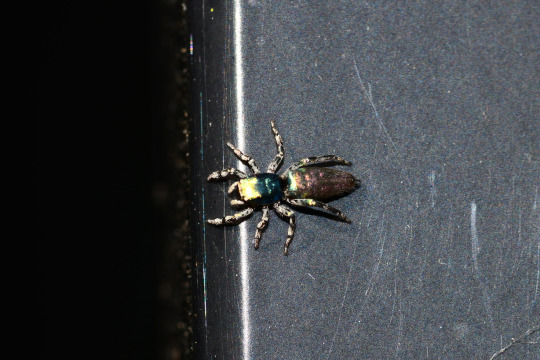




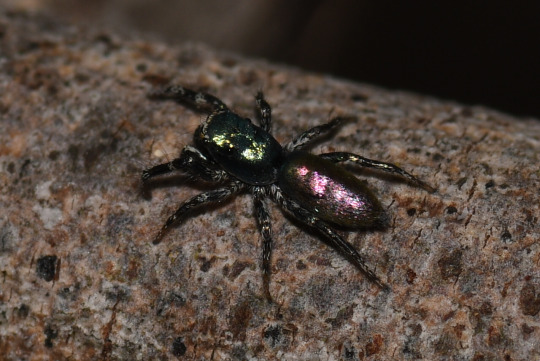
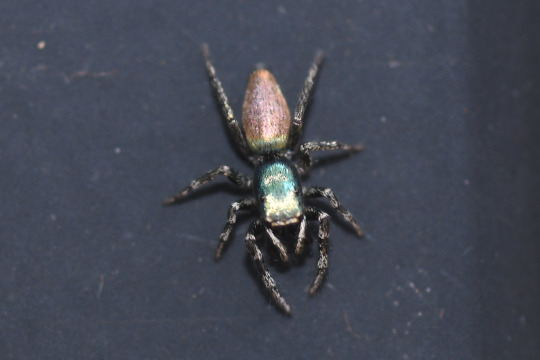


(all photographs by me)
#inaturalist#naturalist#nature#ecology#zoology#biology#wildlife#insect#insects#bug#bugblr#entomology#bugs#insectblr#salticidae#jumping spider#spider#spiders#spiderblr#arachnid#arachnids#photography#nature photography#wildlife photography#hawks photos#animal photography#EVERYONE CLAP FOR S. PECKHAMAE OR ELSE
2K notes
·
View notes
Note
Is spider silk being as strong as steel another lie from childhood? Bc you're able to break it pretty easily on accident. Genuinely asking.
spider silk IS actually significantly stronger pound-for-pound than the same amount of steel, but only in one direction! and coincidentally, it's the same exact direction that got a bunch of people killed in a submersible last month.
see, when people talk about the "strength" of spider silk versus steel, they're specifically talking about tensile strength:
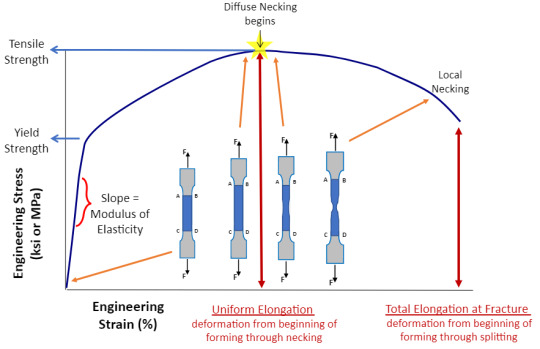
which is specifically the measure of the strength of a material when two forces are pulling at it from the ends, like when a steel cable is holding up a bridge support, or crane cargo:

or like when a strand of silk is supporting the entire spider.
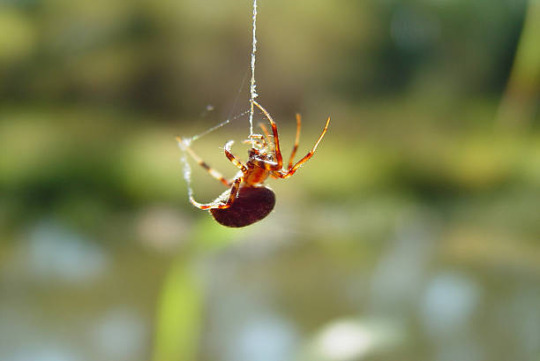
that's tensile strength, baby!
but there's another type of strength that's very important to take into consideration when you're actually building things like bridges and submersibles, and spider silk and similar materials like carbon fiber are absolutely garbage at it! and that's compressive strength.
this is basically the inverse of tensile strength, where instead of being yanked at from both ends, the forces are crushing inwards at the material from both directions instead.
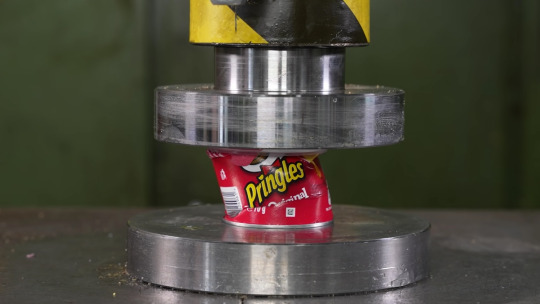
you can expect to see these kinds of forces involved in road surfaces, vehicle engines, and again, submersibles.
now steel and its more competent cousin titanium are fucking GREAT at compressive strength! the harder the outside forces are compressing them, the stronger the metals get.
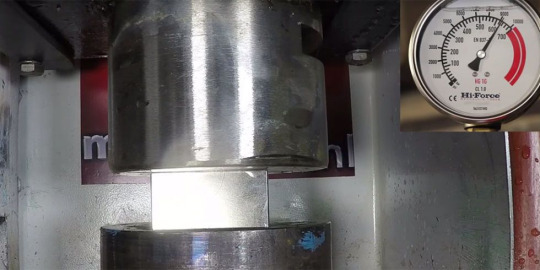
NOT TODAY, FUCKERS
but strand-based materials like spider silk and, again, carbon fiber, are fucking garbage at this. they can take a certain amount of pressure, but each round with compressive forces snaps some of the strands that makes up the material! and those don't grow back, so basically you're just gradually reducing your poor overstressed carbon-fiber hull into a completely useless shell of shattered thread fragments over time as the strands of fiber that actually give it strength die off one by one.

and eventually, something's gotta give! and then people die about it.
this is why, even though spider silk IS stronger than steel in one specific way, we're never going to stop using steel in industrial applications and switch over to spider silk or carbon fiber full time. these materials all have their areas of use, and steel just covers a wider base of applications.

and don't even get me started on shear strength. we'll be here all damn day.
5K notes
·
View notes
Text



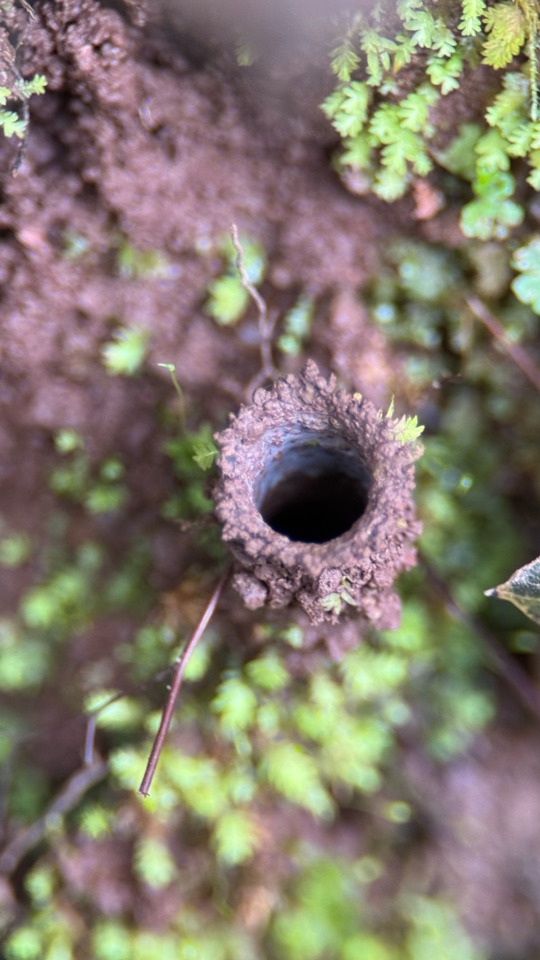

Turret spider burrows
These unique spiders, found only in California, build small towers out of soil, plant matter, and silk. Each turret houses one spider, and the structure serves to both protect the spider and to help it detect vibrations from prey. Turret spiders are nocturnal, so it's rare to actually see one.
Their closest relatives are tarantulas and trapdoor spiders, which together form the mygalomorphs, a relatively "primitive" lineage of spiders.
Atypoides riversi, Santa Cruz Mountains, California
#turret spider#Atypoides riversi#Santa Cruz Mountains#California#nature#bugs#nature photography#arthropods#mygalomorphs#spiders#burrow#turret#biodiversity#bugblr#animals#inaturalist#lair#tube#tunnel#forest#spood#interesting facts#biology#zoology#arachnids#spider#invertebrates
1K notes
·
View notes
Text
With the fast fashion industry… how it is… finding sustainable ways to make fabric is super important. Fibers from synthetic fabrics make up 35% of the microplastics that make their way to the ocean. Natural fibers sourced from plants or animals are much more environmentally sound options, including silk.
Currently, the only way to get natural silk on a large scale is to harvest it from silkworms. You’ve probably heard about the strength and durability of spider silk (it is 6x stronger than Kevlar!) but as of yet there hasn’t been a good way of getting it. Raising spiders the way people do silkworms isn’t really an option. Spiders need a lot of room to build their webs compared to silkworms, and individual spiders don’t produce that much silk. Plus, when you put a whole bunch of spiders in captivity together, they tend to start eating each other.
Attempts to artificially recreate spider silk have also been less than successful. Spider silk has a surface layer of glycoproteins and lipids on it that works as a sort of anti-aging “skin”- allowing the silk to withstand conditions such as sunlight and humidity. But this layer has been very tricky to reproduce.
However, as scientists in China realized, silkworms produce that same kind of layer on their silk. So what if we just genetically modified silkworms to produce spider silk?
That is exactly what the researchers at Donghua University in Shanghai did. A team of researchers introduced spider silk protein genes to silkworms using CRISPR-Cas9 gene editing and microinjections in silkworm eggs. In addition to this, they altered the spider silk proteins so that they would interact properly with the other proteins in silkworm glands. And it worked! This is the first study ever to produce full length spider silk proteins from silkworms.
The applications of this are incredibly exciting. In addition to producing comfortable textiles and new, innovative bulletproof vests, silkworm generated spider silk could be used in cutting edge smart materials or even just to create better performing sutures. In the future, this team intends to research how to modify this new spider silk to be even stronger, and they are confident that “large-scale commercialization is on the horizon."
#science#chemistry#biology#sustainability#fashion#bugs#spiders#silkworms#nature#biochemistry#stemblr#genetics
5K notes
·
View notes
Text
You’ve heard of the itsy bitsy spider, now meet the giant sea spider. 🕷️
Like spiders on land, sea spiders—also known as pycnogonids—come in a range of sizes and appearances. They’re widespread and occur across a variety of ocean environments. The deep sea is home to the giant sea spider (Colossendeis sp.), which can grow larger than a dinner plate. This spindly spider lumbers along the seafloor on jointed, stilt-like legs.
Instead of spinning a delicate web of silk to trap prey, a giant sea spider uses an elongate, tube-like proboscis to slurp up its prey. While studying the unique communities that form around decomposing whale carcasses on the deep seafloor, MBARI researchers observed a giant sea spider crouched over and clinging to the fleshy tentacle of a pom-pom anemone (Liponema brevicorne). Upon closer inspection, the sea spider was actually sucking out the juices inside the tentacle. Another sea spider was even observed clipping a couple of tentacles and taking its dinner to go!
2K notes
·
View notes
Text

750 notes
·
View notes
Text

Patreon
#studyblr#notes#my notes#entomology#entomology notes#spiders#spider biology#biology#bio#life science#arachnids#arachnid biology#arthropods#arthropod biology#spider anatomy#anatomy#arachnid anatomy#arachnid behavior#spider behavior#spider species#arachnid species#note cards#flashcards#flash cards
3 notes
·
View notes
Text

a spider with Physarum roseum
by Kazumi Banderas
#spiders#physarum roseum#kazumi banderas#slime mold#bugs#slime mould#myxomycota#forest floor#macro photography#myxomycetes#microbiota#microbiology#microorganisms#nature photography#insects#nature#biota#ecology#biology#photography
194 notes
·
View notes
Text
Windshield wipers: ON
#animals#animal friends#baby animals#cute animals#animal#wildlife#crab#hermit crab#crabs#crab spider#crabs art#marine biology#marine life#my pets#pet#pets of tumblr#pets
312 notes
·
View notes
Text

Traveling across miles of blazing hot sand a golden sand bauble vigorously searches for food. Its unique golden carapace helps reflect the sun's rays and allows it to hunt during the heat of the day. while the large pale organ in the center of the bauble helps with temperature regulation and moisture retention.
#my art#illustration#alien creature#alien#scifi#scifi art#science fiction#speculative zoology#speculative biology#creature design#creature#gold#desert#sand#spider#small#wildlife#wildlife art#speculative evolution#bug#monster#xenobiology
248 notes
·
View notes
Text
As the insect sentinels of summer, fireflies use their glowing bellies to communicate to other fireflies. Males from the species Abscondita terminalis use multi-pulse flashes with both of their lanterns to attract females. The females use single-pulse flashes with their one lantern. However, a new study found that some spiders may have decoded this signal and are using it to its advantage. This mimicry is detailed in a study published August 19 in the journal Current Biology. When orb-weaving spiders (Araneus ventricosus) trap male fireflies in their webs, they manipulate the flashing signals to mimic the typical flashes made by female fireflies. These feigned flashes then lure other males into the web where they become the spider’s next meal. However, we still don’t know if the spider’s venom or a bite itself is manipulating the firefly’s signal.
Continue Reading.
370 notes
·
View notes